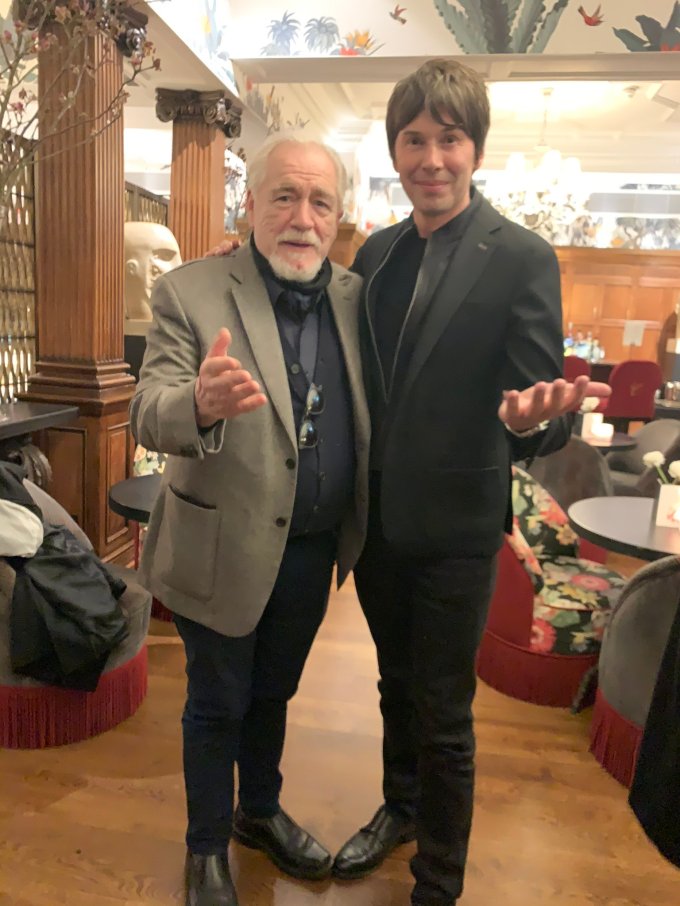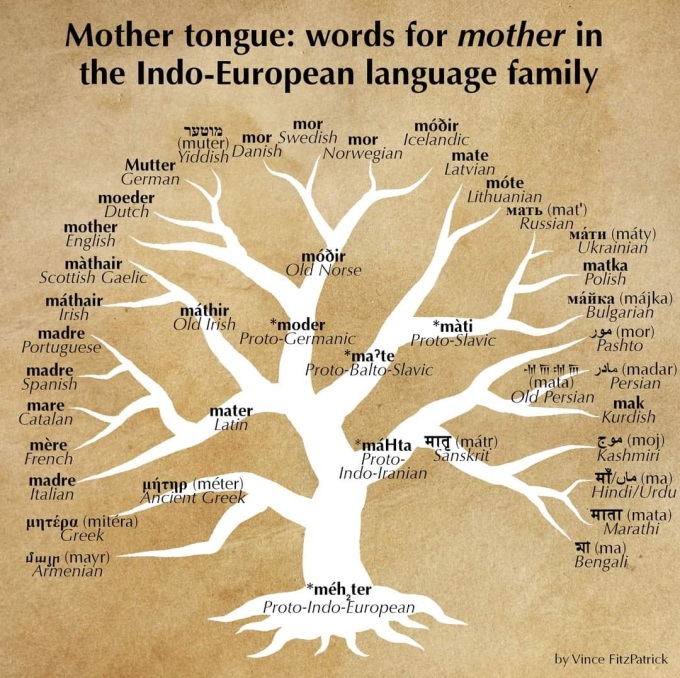Supermoot
22.10.22
Today was the latest in our new arrangements of quarterly ‘supermoots’, when instead of meeting in our usual place in the Central Library we spent the afternoon very convivially in the local Sea City café doing a passable impression of hobbits, including filling up (non-extistent) corners. Although this does not look like a reading group meeting, it was in fact full of debate and information once we had caught up with those friends who we have not seen for a while. Happily, Eileen was well enough to be with us, Ian was back and Chris and Angela had managed the uncertain train service to be with us again.
It was thanks to Eileen that we began our discussions when she produced the work she had been doing on Tolkien’s famous letter to Milton Waldman that explains some of his thinking about the material that would become The Silmarillion. We were briefly diverted by the term ‘cosmogony’ – which simply means a theory of the creation of the universe – very relevant to the Music. It also drew us into recollections of TV programmes setting out current theories about the creation of our own universe, with inevitable references to Brian Cox, which reminded us that there are two ‘personalities’ of that name. Ian has supplied the relevant image:

As Ian observes: only one of these is a professor!
Discussion of this Greek-derived term took us into some very strange attempts at folk-etymology but eventually we moved on to more serious matters as Eileen picked out Tolkien’s differentiation of Arthurian legend (part of the Matter of Britain) from the stories born of the ‘soil’ of England and known as the Matter of England. In spite of Tolkien’s statement on this difference, it has been my experience that Tolkien critics too often do not understand the distinction and I could not resist mentioning my forthcoming essay in which I trace Tolkien’s use of the Matter of England – specifically the medieval romance genre which bears this designation.
This was unexpectedly enlightening, not from anything I said, but because it prompted Angela to share with us news of her most recent publication, an essay discussing Finrod Felagund which is included in Not the Fellowship: Dragons Welcome, edited by Francesca T. Barbini (Luna Press, 2022). We all quickly noted this publication and along with our congratulations, almost as one, demanded to know why Angela hadn’t told us until now? Her diffidence was the result, she said, of the disruption of lockdown. The effect of lockdown on the confidence of writers is only now becoming clear as we all benefit from more normal interactions.
Finrod drew us naturally into a discussion of the representation of Elves and their relationships with the Houses of Men. Angela noted that Finrod was the first to interact with Men while Laura remarked that the origins of Men are obscure, but they are not to be understood as ‘us’, because hobbits are ‘our’ ancestors. We did not explore the many distinctions to which this observation might have given rise.
My own recent reading of The Silmarillion led me to propose that the material presented as the history of the Elves should be understood as just that, and that the lack of information about Men is due to this bias. The history of the Elves includes their relation to the Valar and to Dwarves, and to Men, is recorded insofar as those interactions affect, define, or influence their history. The origin of Men is not important in this scheme, only the fact that they arrive and change history as far as some Elves are concerned. In this case, I suggested, it is not a matter of history being written by the winners, but being recorded by those who developed the means of recording it. Daeron’s invention of writing enabled subsequent transmission of history, and led to the development of writing among other peoples, as we know, but in The Silmarillion Tolkien, in effect, privileges history as told by Elves.
Like Eileen, Laura had come well prepared to share notes she had taken via Zoom of papers given at Oxonmoot in September, and it was her notes on a paper to do with Elves that prompted my thoughts on history. She reported briefly on a presentation by the artist Jay Johnson, whose work is, as Angela remarked ‘marmite art’, loved or loathed in equal measure depending on whether his Middle-earth paintings in the style of icons is approved or regarded as blasphemy. We did not have time for her other notes on papers dealing with the Gothic, with colours (a topic we have explored ourselves). I did query her note on another online presentation she shared with us by the historian of Anglo-Saxon archaeology and language.
This query led to a discussion of the continuation of the language of the Anglo-Saxons after the conquest of the Dane Cnut, and hence into a general discussion of languages in pre-Conquest Britain, something Tolkien knew intimately.
Ian kindly emailed a ‘tree’ of languages for our further enlightenment. We long ago discussed the influence of European languages on Tolkien’s work and Chris produced for us a chart showing everything from Indo-European to Finno-Ugric. Ian’s tree is a very decorative version, included here:

This short report on our Supermoot hardly does justice to the richness and liveliness of our discussion, but the pleasure of being together again in (almost) full conclave distracted me from note-taking. We will nevertheless pick up our discussions of The Silmarillion at our next ordinary meeting with new potential insights.
